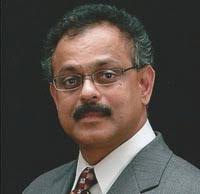
Serving patients in the Phoenix, Arizona, community, Murali Macherla, MD, provides surgical and non-surgical treatment for Thoracic and Vascular conditions. Among the conditions that Murali Macherla, MD, regularly treats is valley fever, which is characterized by lung nodules.
Technically known as coccidioidomycosis, valley fever is caused by the fungus coccidioides spp. This fungus is found in soils with high summer temperatures and mild winters, as well as low rainfall. In the United States, this includes California’s Central Valley, southern Nevada, western Texas, and the Southwest. The fungus spores are inhaled into the lungs among dust particles born by the wind in these regions.
Symptoms of valley fever typically become apparent within 1 to 4 weeks of exposure, with approximately 60 percent of people having no reaction or mild flu-like symptoms. Among those who do exhibit symptoms, cough, fever, nighttime sweating, and fatigue are the most common, and a rash resembling hives or fever may appear.
When lung nodules (tiny residual patches of infections) occur, they are a result of valley fever-related pneumonia. Having the appearance of single lesions, the nodules do not require specific treatment if they are demonstrated to be related to valley fever. They can stay with the patient for a lifetime. However, because lung nodules can also be a sign of cancer,medical followup, removal or biopsy may be recommended when indicated. Surgery is indicated for failure of medical treatment or complications,which is usually done with Video Assisted Thorascopic Surgery.

